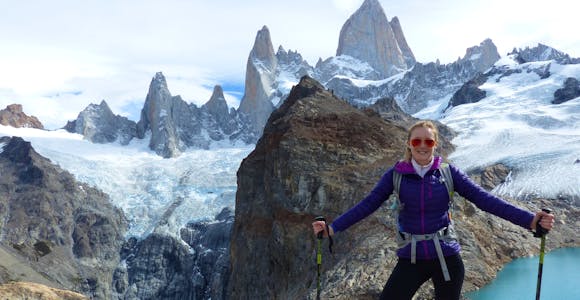
Guide to visiting Patagonia
You can pack a lot into an adventure: explore volcano country in the north, hike the glaciers and peaks in Torres del Paine, and sail the wild fjords of Tierra del Fuego.
Discover MoreDeep roots in Patagonia: We are ex-guides, tour leaders, outdoor enthusiasts, & adventurers.
We’ve got our feet on the ground: Impartial advice, a bespoke service, and at no extra cost.
For the ends of the Earth: Sustainability is more than our carbon footprint (but we’re reducing that too).
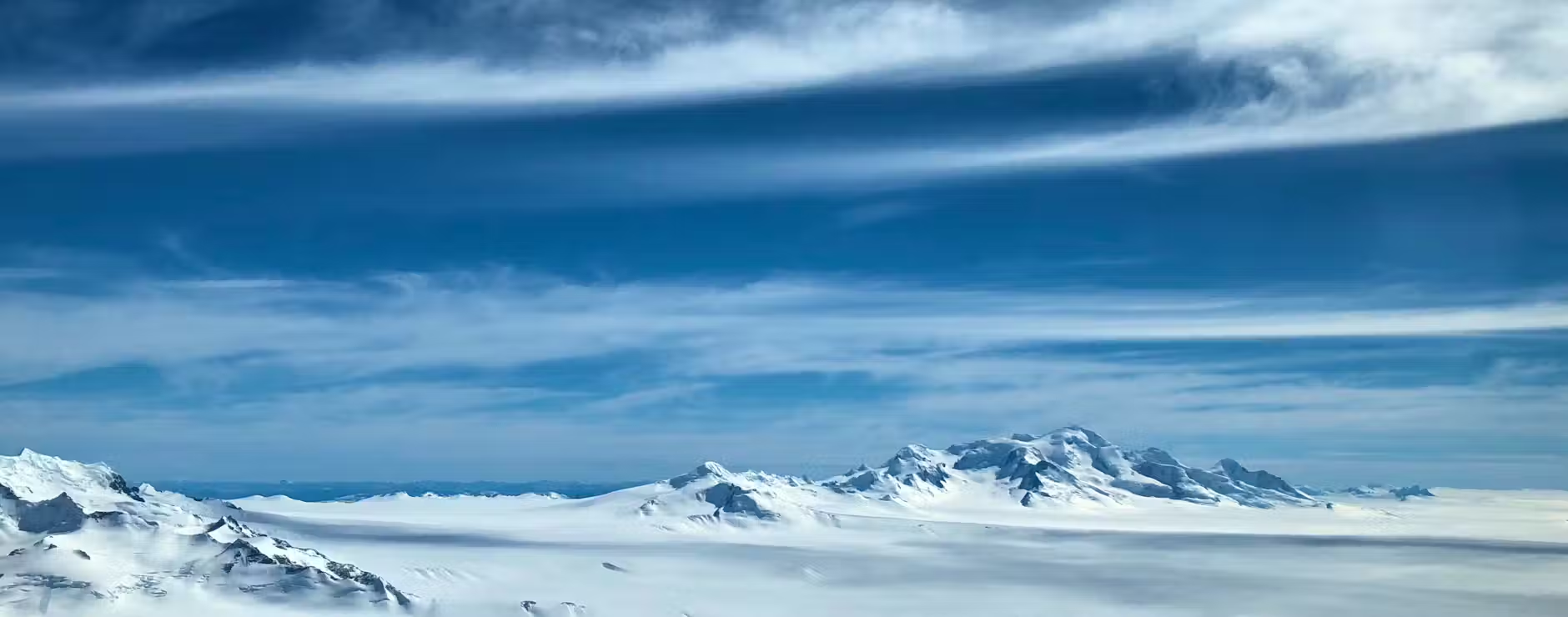
18,000 years ago, a vast ice sheet covered most of Chile and Argentina. Today, the Northern and Southern Patagonian Ice Fields are all that remain. Together they form the world's third-largest continental ice sheet outside of Antarctica and Greenland. It is a pristine and dramatic landscape made up of ice, rock, glaciers and fjords.
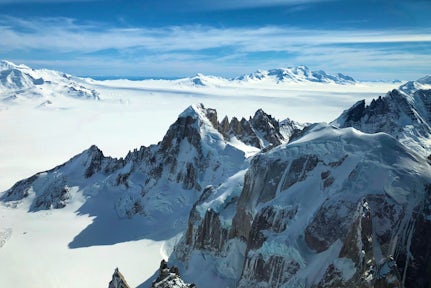
The Patagonian Ice Field forms the largest mass of ice in the Southern Hemisphere. It covers an area of roughly 8000 square miles, spanning the border of both Chile and Argentina. An Ice Field is a large body of ice that forms at high elevation and is drained by smaller outlet glaciers. These glaciers flow into the fjords on the western side in Chile and into gigantic lakes on the eastern Argentinian side. The constant advance and retreat of these glaciers have torn apart the landscape, forming steep valleys and deeper fjords. Ice Fields have mountains and ridges that jut out and influence it's flow - in Patagonia these are known as Nunateks.
At the height of the last glacial period, the Patagonian ice sheet covered all of Chile south of Puerto Montt and the western edge of Argentina. Today, just 4% of that ice sheet remains in the form of the Northern and Southern Ice Fields which are divided by a 90km stretch of fjord. The elevation of the Ice Field in the Andes mountain range (1,500m above sea level in some places) means there's a high volume of snowfall - this ensures the Ice Field's overall survival. The Southern Ice Field is almost three times the size of it's smaller northern sister and is more accessible given it's proximity to popular National Parks like Torres del Paine and Los Glaciares.
Like all ice masses around the world, the Patagonia Ice Field remains a threatened environment, with climate change more than doubling the pace of glacial retreat over the past two decades. In November 2017, an abnormally large iceberg measuring 350 by 380 meters calved off from the front of Grey Glacier in Torres del Paine National Park. The story made world news as hundreds of international hikers circulated photos on social media. Altogether, Patagonia's two ice fields account for about 10 per cent of the total sea-level rise caused by worldwide glaciers. On the other hand, there are some glaciers on the ice field which remain stable, the most famous being Perito Moreno glacier.

Exploration of the Ice Field did not truly begin until 1914, when German mountaineer Federico Reichert reached the 1500m high plateau of the Southern Ice Cap via the now famous Perito Moreno glacier. Later in 1931, Father Alberto De Agostini, an Italian missionary, became the first person to cross the Southern Ice Field from east to west, climbing from Lago Argentino to Falcon Fjord on the Pacific in just 20 days.
The most famous of Ice Field adventurers is the legendary English mountaineer Eric Shipton who led several successful expeditions. In 1960, Shipton together with fellow Englishman Jack Ewer, a professor at the University of Chile and accomplished Chilean climber Cedomir Marangunic completed a 52-day crossing of the ice field from Jorge Montt Glacier to the edge of the Upsala glacier and over a series of peaks, including Cerro Murallon. Shipton later crossed the Northern Ice Field from west to east, starting at San Rafael Glacier and finishing at the Cochrane river, making the first ascent of Cerro Arco in the process.
Modern-day Chilean mountaineer Pablo Besser is the only person to have completed what he dubs the "Grand Slam Patagonico", completing a longitudinal crossing of both the Southern Ice Field (1998) and the Northern Ice Field (2006). He has completed four expeditions to the Southern Ice Field and five to the Northern Ice Field in total.
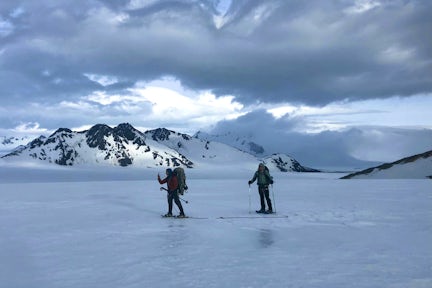
Traversing the South Patagonian Ice Field
The Patagonian Ice Field largely remains a frontier landscape, with part of the border still not agreed upon by Chile and Argentina. A particular point of contention is a 50km stretch of border between Mount Fitz Roy and Cerro Murallon which remains the only contested area following the demarcation of 24 disputed borders in 1990. Territorial disputes remain unresolved as each country eyes the enormous freshwater resources preserved in the glacial ice.
Both Chile and Argentina have declared the Ice Fields as National Parks. The Northern Ice Field is absorbed by the Laguna San Rafael National Park whilst the Southern Ice Field is contained by the boundaries of Bernardo O'Higgins, Los Glaciares and Torres del Paine National Parks. Many are calling for more environmental restrictions, protocols and regulations to protect these delicate landscapes.
Patagonia's regions are diverse and each area offers something unique. Take a look at our recommended places to go for the activities you want to do, and let us help you to find the perfect destinations for you.

You can pack a lot into an adventure: explore volcano country in the north, hike the glaciers and peaks in Torres del Paine, and sail the wild fjords of Tierra del Fuego.
Discover More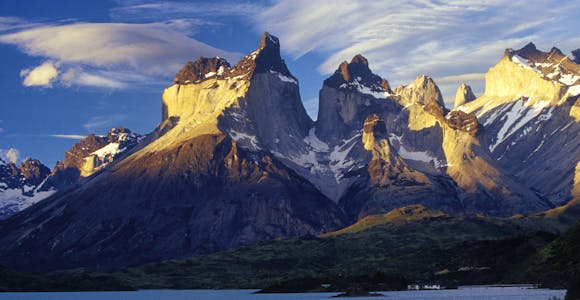
Patagonia is a vast region - spanning two different countries and over 1,000 miles north to south. You could spend years exploring the region's varied landscapes.
Discover More
Torres del Paine National Park, with its iconic granite Towers, is one of Patagonia's most popular destinations: a paradise for hikers and outdoor adventure activities.
Discover More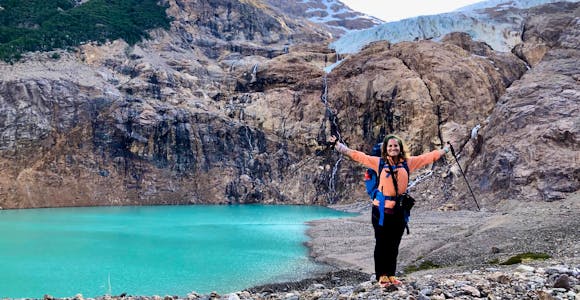
The abundance of world class hikes in Patagonia puts it firmly at the top of most trekkers lists. From the ice and granite pinnacles of Paine and Fitz Roy to the volcanoes of the …
Discover MoreWe'll spend some time listening to your aspirations, then discuss the kind of experience that might suit you.
Next we'll discuss the options, shortlist the best trips for you and present you our impartial recommendations.
We'll place a 24 hour hold on your preferred option - without obligation - whilst we talk through the details.
Whatever your budget, group size, length of stay, preferred activity or appetite for adventure, we can help.
1 888 970 4571This website uses cookies to ensure you get the best experience on our website. Privacy policy